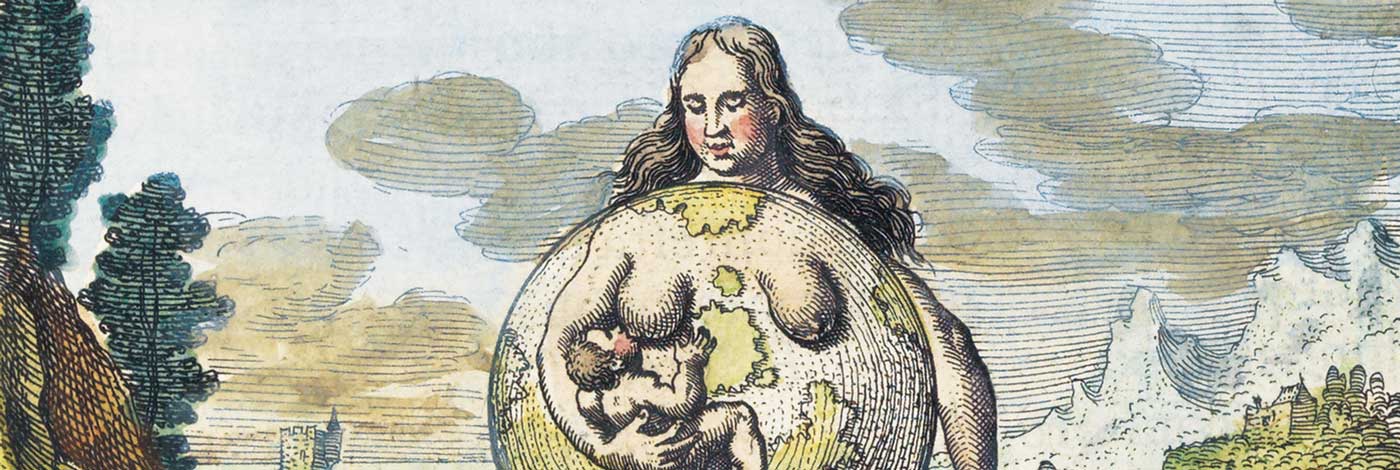
 Anthropozoologica
25-26 - Pages 753-761
Anthropozoologica
25-26 - Pages 753-761Explored here are the controversial issues of the origin of the domestic horse and its wild ancestors. Only one of the hypothetical centres of domestication is satisfactory proved - the one in the Northern Pontic Steppe. Proposed is a new concept of the systematics of the East European Pleistocene and Holocene wild horses. It is based on the typology and the evolutionary trends of the horses of Eastern and Western Europe; the eco-genetic and the zoogeographic approaches are also used. Two species of horses, surviving the Pleistocene in Eastern Europe, can be simultaneously regarded as ancestors of the domestic horse; the broad-hoofed horse - Equus germanicus transilvanicus (= E. latipes) and the enigmatic "tarpan" - E. gmelini. The virtual existence of the E. gmelini as a wild form is proved by the studies of finds dating from the Late Pleistocene. The fact of this coexistence gives ground for the polyphyletic hypothesis of the origin of the domestic horse.
Equus systematics, horse domestication, Pleistocene, Holocene